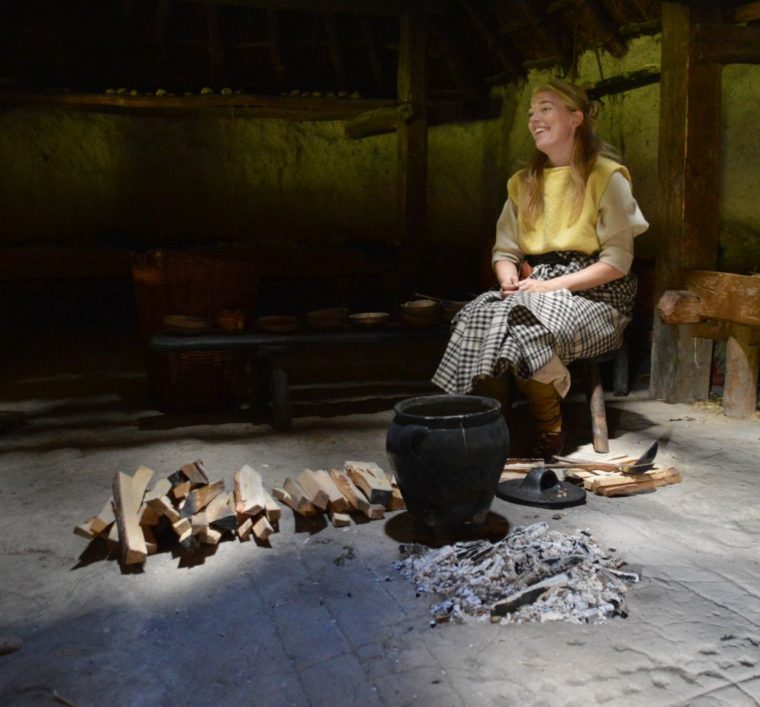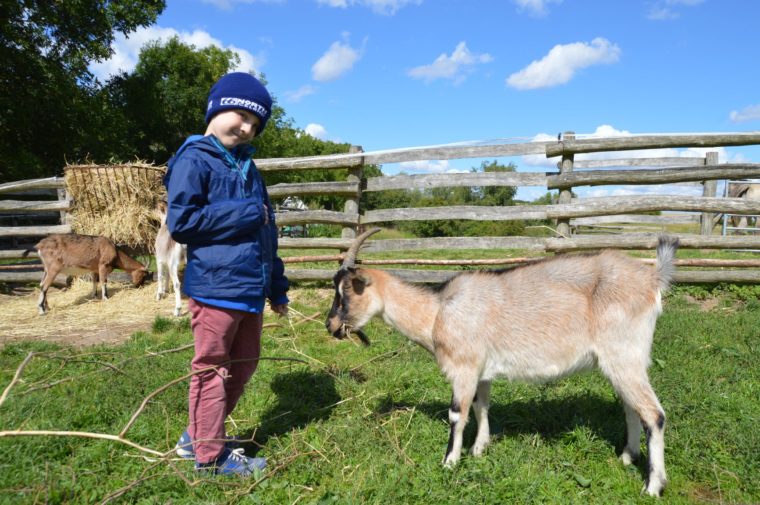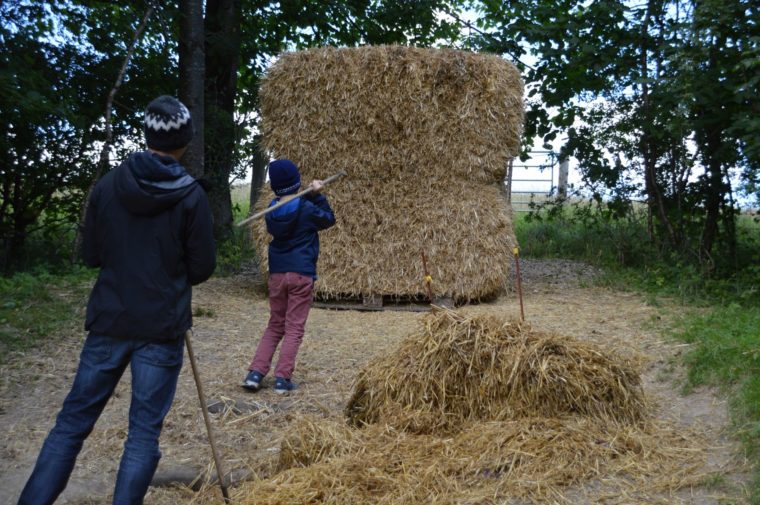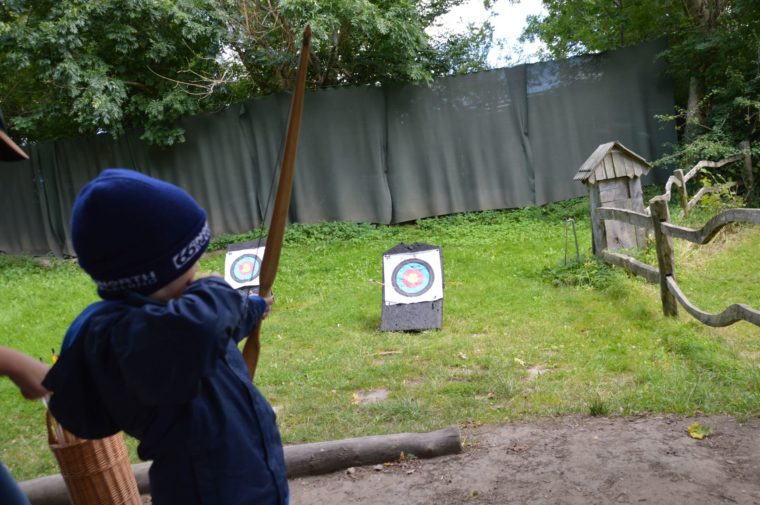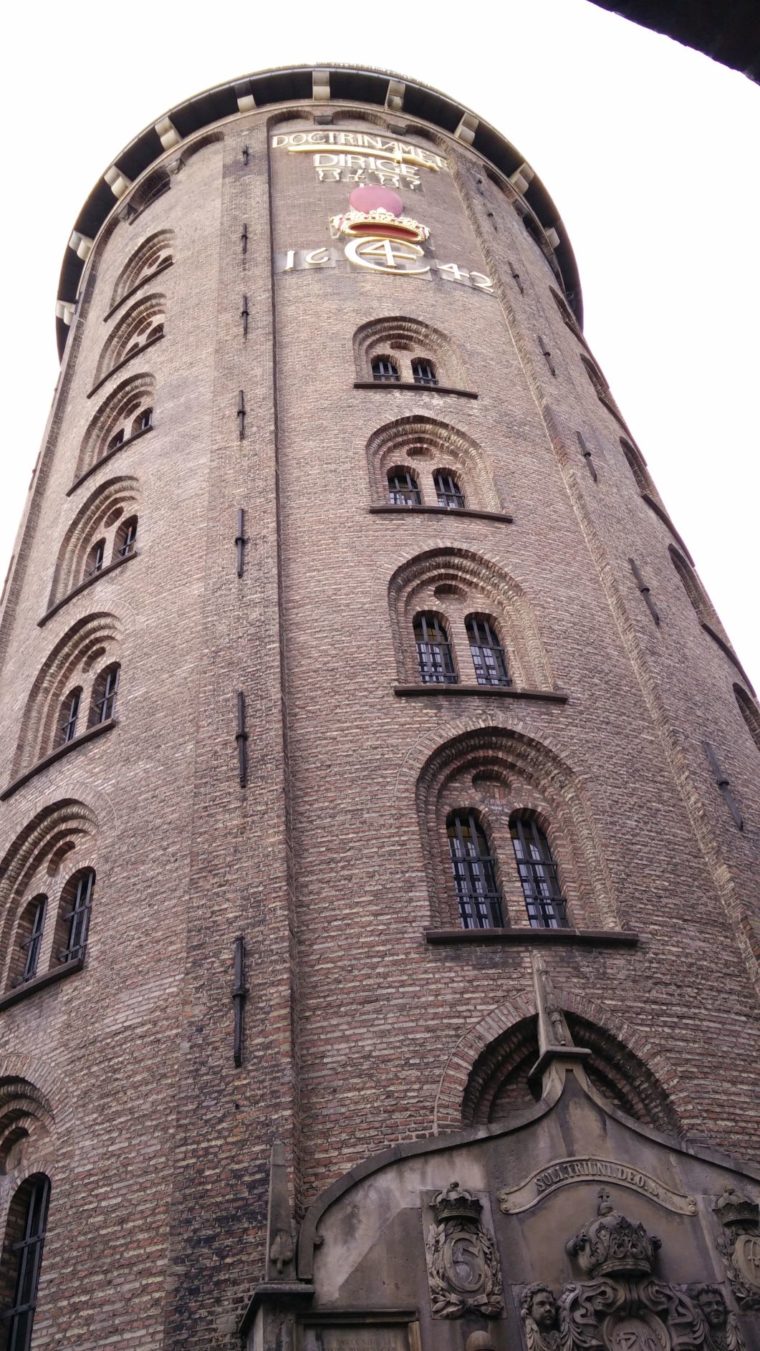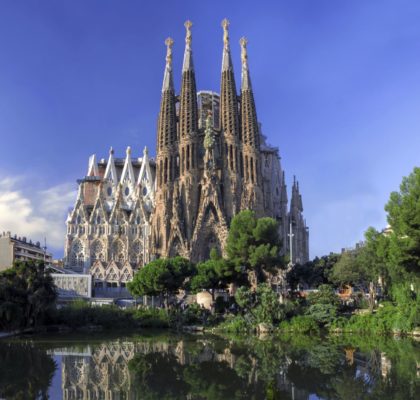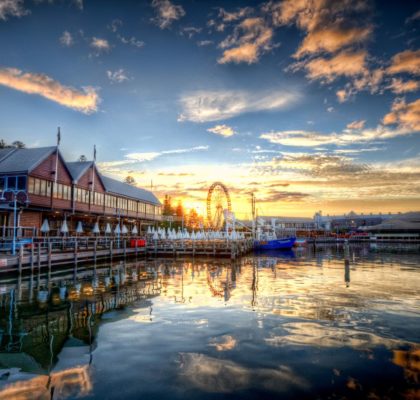Captivating Copenhagen.
Sightseeing in the City of Spires.
We’ll be in Denmark for almost three weeks: six nights in Copenhagen, five in the southwest, and six in the northeast before looping back to the big city where we’ll catch an overnight ferry to Oslo. We’ve been to Copenhagen before, but Sam didn’t see much that time since he was still in utero. We loved that visit and vowed to return when Sam was old enough to appreciate its kid-friendliness, so this trip has been all about reliving happy memories from when the two of us were eagerly looking forward to being joined by a third, and also seeing what Copenhagen has to offer a family that we hadn’t already discovered as a couple. Our top five:
5. Glyptotek. If you enjoy sculptures as much as I do, you really should visit two galleries in Copenhagen: the Thorvaldsen, which we adored last time, and the Glyptotek, which was a surprise hit with Sam this time. Since there is nothing especially interactive or child-oriented about these spectacular galleries I thought we would just pop in at the Glyptotek, which was on our way to everything and which was included the Copenhagen Card we’d purchased for our sightseeing days. The card is great value if you plan to see more than one attraction daily, and it dials down any pressure to fully experience all that any one attraction has to offer: just dip in, stay as long as you like, and move on to the next one whenever you’re ready, guilt free. In the gorgeous Winter Garden of the Glyptotek, Patrick pulled up some photos of our previous trip here, in which Sam is barely visible as a bump under my sweater. Something about the notion of revisiting the scene of such happy times spread a magical glow over this visit. Sam was intrigued and amused by all of the missing appendages on the ancient statues, so we made a game of spotting the unluckiest “person” in each room, calculated by both the total missing body parts and the relative importance of each of those parts. We were especially delighted when we later spotted a display of marble noses without owners. In the more modern rooms where the statues were intact, we each selected the most interesting one and explained our choice to the others, and we discussed Greek myths and biblical stories in relation to sculptures that intrigued us. It turns out that Sam has picked up a surprising amount of useful knowledge from shows like Mr Peabody and Sherman, and has a quite sophisticated vocabulary for appreciating art. It was an unexpectedly educational and enjoyable visit for all of us. Sam sums it up: “the statues were a little boring but became funny because of our presentations about them.”
4. Tycho Brahe Planetarium and the Round Tower. Tycho Brahe was a titan of Renaissance science, a well-travelled thinker who put Denmark on the sixteenth-century astronomy map thanks to two observatories that he designed, built, and equipped here between his travels in Germany and his emigration to Prague, where he was Emperor Rudolph II’s imperial mathematician until his death. Both of Brahe’s sixteenth-century Danish observatories were demolished, but they were the inspiration for the Round Tower completed in 1642, making this latter the oldest extant functioning observatory in Europe. The climb to the top is not as daunting as you might expect, well tolerated by all three of us, and the views of the old city are superlative; the observatory itself, at the top of the tower, is sometimes open to the public for amateur astronomy events. The planetarium that bears Brahe’s name is only average, but the Copenhagen Card included tickets to a 3-D or IMAX movie that we thoroughly enjoyed. You’ll need to bring headphones to hear the audio commentary in English, or part with 20 kroner (about $4) for a loaner pair.
3. Lejre Land of Legends. This attraction is included in the Copenhagen Card, so it was surprising that we were almost alone in this sprawling recreation of Danish history; I’m guessing that most tourists stick to the city centre, which is a pity. We had planned to stop in for an hour on our journey westward, stayed for three, and probably could have spent at least another two. There was so much to see, but, more importantly, so much to do. Hands-on experiences are always winners with Sam, and since part of my sabbatical research focuses on this very topic I am keenly interested in how well different attractions manage experiential and intellectual aspects of their presentations of the past. The National Museum didn’t make our top five because it fell short on opportunities to engage with the past through experience, for example. Land of Legends made no claims to authenticity – we were witnessing reproductions, not originals, and the written explanations often emphasized this – but we got to touch and taste the past in a variety of really engaging ways. Sam got a rudimentary lesson in basic axe safety before being pointed in the direction of an iron-age axe and some wood to chop; later he and Patrick paddled an iron-age dugout canoe, he learned the basics of archery, and in an iron-age thatched cottage we ate some delicious soup foraged from local ingredients like stinging nettles (enriched with cream and some wild boar meat – perfect to keep you going through a long day of axe-wielding and paddling). We missed out on more than we managed to see in three hours, including the Mesolithic and Viking-era areas, so we may need to come back some time. While the main reason for this stop was to gather some examples for my sabbatical project, we found an unexpectedly charming, low-key, totally engaging attraction well worth a full day’s visit.
2. Tivoli Gardens. When we visited Copenhagen as a couple in 2008, Tivoli hadn’t yet opened for the season, so it was on our list of unfinished business, and we suspected that it would be a hit with Sam. It was everything we’d hoped for. Our Copenhagen Card got us in the gate, and we purchased an unlimited ride ticket that entitled Sam to bring along an adult of his choice instead of buying three unlimited passes, since I’m not a huge fan and was quite content to read a few chapters on my iPhone while the boys dashed from one thrilling ride to the next. They loved the old-school wooden roller coaster and the Fatamorgana, a dizzying ride that spins up to an excellent view of Copenhagen and also, possibly, the contents of your stomach. Not my favourite.
1. Den Bla Planet Aquarium. We had an unexpected but completely wonderful VIP tour of this modern and captivating aquarium thanks to Camilla, our Airbnb host. Sam spotted her at the aquarium’s touch pool, where kids can handle some of the safer and hardier species, and began regaling her with his extensive knowledge of flatfish gleaned from the biology lessons at uOttawa’s excellent science and engineering camp. I’m not sure if it was Sam’s evident passion for the subject or Camilla’s own that made her offer to take us behind the scenes after her shift ended, but what a privilege! The highlight of this highlight, the top event of this top event, was getting to touch an octopus while it touched us. While the octopus suctioned itself to to our hands (trying to decide if we were edible?) we learned about this remarkable species from a real expert. Camilla is just a few weeks away from completing her master’s degree in marine biology, focusing on a possible solution to the devastating coral bleaching that we’ll soon see for ourselves in Australia. We also got to see shark eggs in a hatchery, a hospital for ill and injured fish, and an enormous tank populated by various species of shark and stingrays. You can experience this tank as a non-VIP by walking through a glass tunnel, which is an amazing experience in itself, but it was cool to get a different view. The aquarium is captivating even if you don’t get the VIP treatment, but thanks to Camilla the whole experience exceeded even Tivoli Gardens as our unanimous top Copenhagen highlight.
Next stop: Haderslev, in southern Jutland, where we’ve rented a vintage Danish cottage for five days by the sea.
This entry was posted in Destinations

